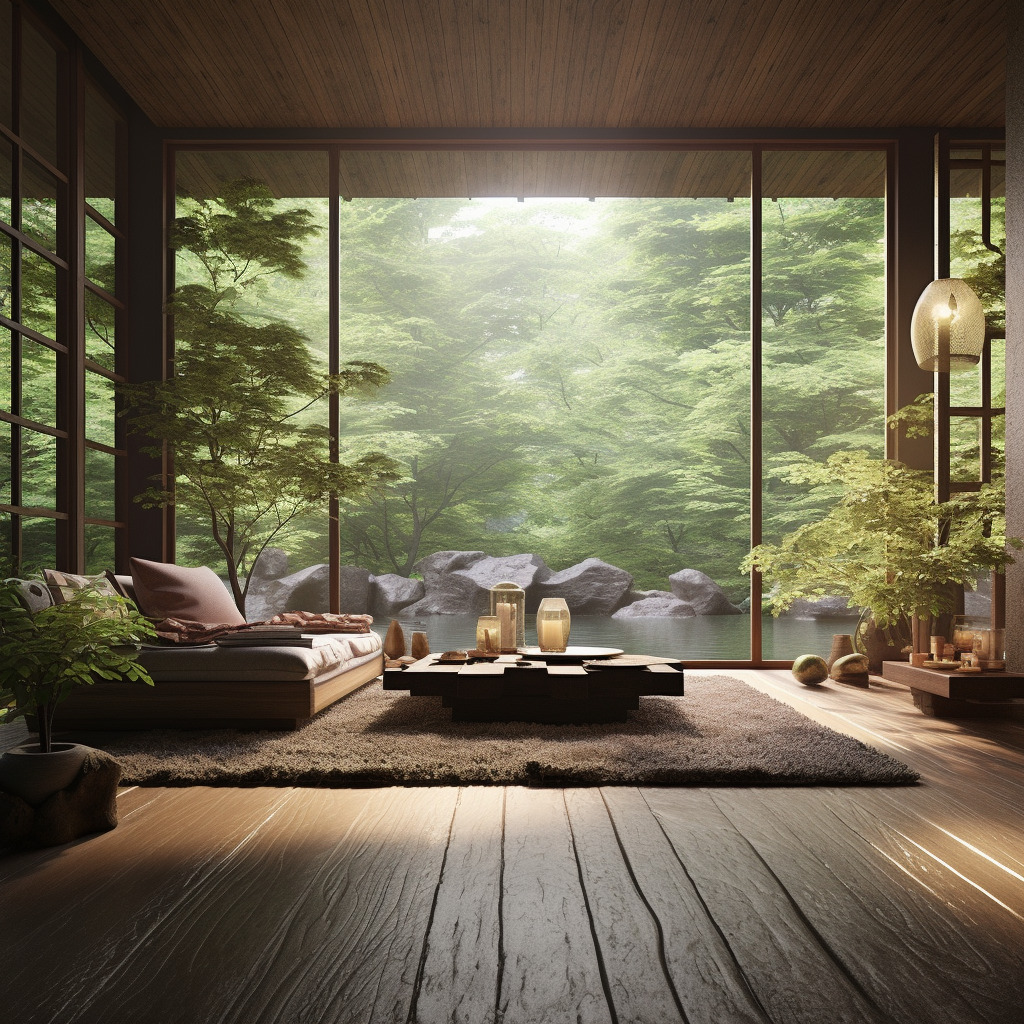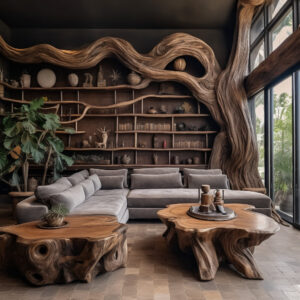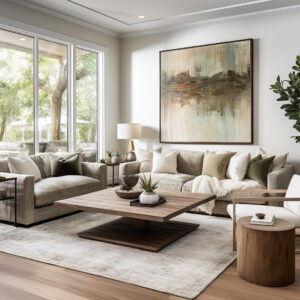Zen-Inspired Spaces: How to Create a Serene and Relaxing Environment
In our hectic and often chaotic world, our homes serve as sanctuaries where we seek refuge and tranquility. Creating a Zen-inspired space within our domiciles has become more than a trend—it’s a pathway to mental clarity and inner peace. By embracing the minimalist aesthetics and natural elements of Zen design, we can transform our living spaces into havens of serenity and relaxation that nourish the soul.
Introduction
Imagine stepping into a room where the hustle and bustle of the outside world falls away, leaving behind a calming atmosphere that envelops your senses. This is the essence of a Zen-inspired space—an embodiment of harmony and simplicity. Zen design principles emerged from the Japanese Zen Buddhism tradition, focusing on the philosophy of achieving balance and tranquility. In a Zen-inspired interior, every detail contributes to an atmosphere of peace and mindfulness. The result is a home environment that enhances well-being, encourages introspection, and provides a restful backdrop to our lives.
Key Elements
When crafting your Zen sanctuary, several elements are key to achieving the tranquility you desire:
- Element 1: Color Palette
Soft, neutral hues are the cornerstone of a Zen color scheme. Think whites, beiges, greys, and the faintest hint of green or blue, creating a soothing visual experience. These colors reflect the natural world and help to produce a purifying effect on the mind. - Element 2: Furniture Arrangement
Minimalism and functionality reign supreme in a Zen-inspired layout. Furniture should be simple, with clean lines and made from natural materials like wood or stone. Organize pieces in a way that supports an easy flow of movement, emphasizing spaciousness and order. - Element 3: Lighting
Harness the power of natural light as much as possible, complemented by subtle artificial sources. Soft, warm lighting contributes to a calm setting and it can be achieved through the use of dimmers and lamps rather than harsh overhead fixtures. -
Element 4: Accessories and Decor
Less is decidedly more. Zen accessories are carefully chosen for their simplicity and natural beauty. Houseplants, a simple vase with a single branch, or a smooth rock collection are all examples of decor that can enhance the Zen vibe without cluttering space. -
Element 5: Textural Elements
Incorporate textural contrasts that appeal to the senses without overwhelming them. A soft rug or throw, polished wood surfaces, and woven baskets create interest and depth while maintaining simplicity.
Tips for Zen-inspired Spaces
Selecting the right furnishings and decor can make or break your Zen-inspired retreat. Here are some practical tips to guide you:
- Choose Furniture Wisely
- Keep it simple and unpretentious. Pick pieces that offer comfort and tranquility without being overbearing or complex in design. Think low-profile beds or sitting cushions that encourage groundedness and stability.
- Invest in Quality over Quantity
- Each piece in your Zen space should be purposeful and well-made. Rather than filling the room with items, select a few key pieces of higher quality that resonate with calmness.
- Integrate Nature
- Incorporate elements like natural wood, bamboo, or stones to evoke a sense of the outdoors. Plants are also a wonderful addition, as they not only beautify the space but improve air quality and bring life to your surroundings.
FAQ about Zen-inspired Spaces
Question 1: How can I maintain a Zen-inspired space in a small apartment?
– Answer: Focus on multipurpose furniture and storage solutions that minimize clutter. Implement vertical storage options, use mirrors to create an illusion of space, and embrace the minimalist ethos by keeping only what you truly need and love.
Question 2: Are there specific plants that are best for a Zen interior?
– Answer: Low maintenance plants such as bamboo, succulents, and peace lilies complement Zen aesthetics and don’t require extensive caregiving. Their presence can also bolster your space’s calming effect.
Question 3: How does one achieve a balance between minimalism and functionality in a Zen-inspired home office?
– Answer: Select furniture that serves multiple purposes and maintain clean lines within your workspace. Keep only the essential items on your desk, and employ smart storage solutions for necessary documents and supplies.
Question 4: How can color impact the Zen atmosphere of a space?
– Answer: Colors play a pivotal role in setting the mood. Neutral and earthy tones, such as soft greys, beiges, and pale greens, are conducive to relaxation and help maintain a feeling of serenity. They also act as a backdrop that doesn’t distract from your reflective or quiet moments.
Question 5: How can I incorporate Zen elements into my existing decor without a complete redesign?
– Answer: Start by decluttering and removing any items that don’t serve a purpose or bring you joy. Introduce natural elements, like stones or wood, through accessories or artwork. Adjust your lighting by adding dimmer switches and choosing lamps with warm, diffuse light.
Creating a Zen-inspired space is not just about following a set of design rules; it’s about carving out a personal haven that speaks to your need for calm and simplicity. By paying attention to the key elements of design and heeding practical tips for selecting the right furniture and accessories, you can transform your living environment into a serene retreat that fosters peace and rejuvenation. Whether you’re tweaking your current decor or embarking on a journey to minimalist living, the pursuit of Zen can lead to a more harmonious and mindful way of life.




